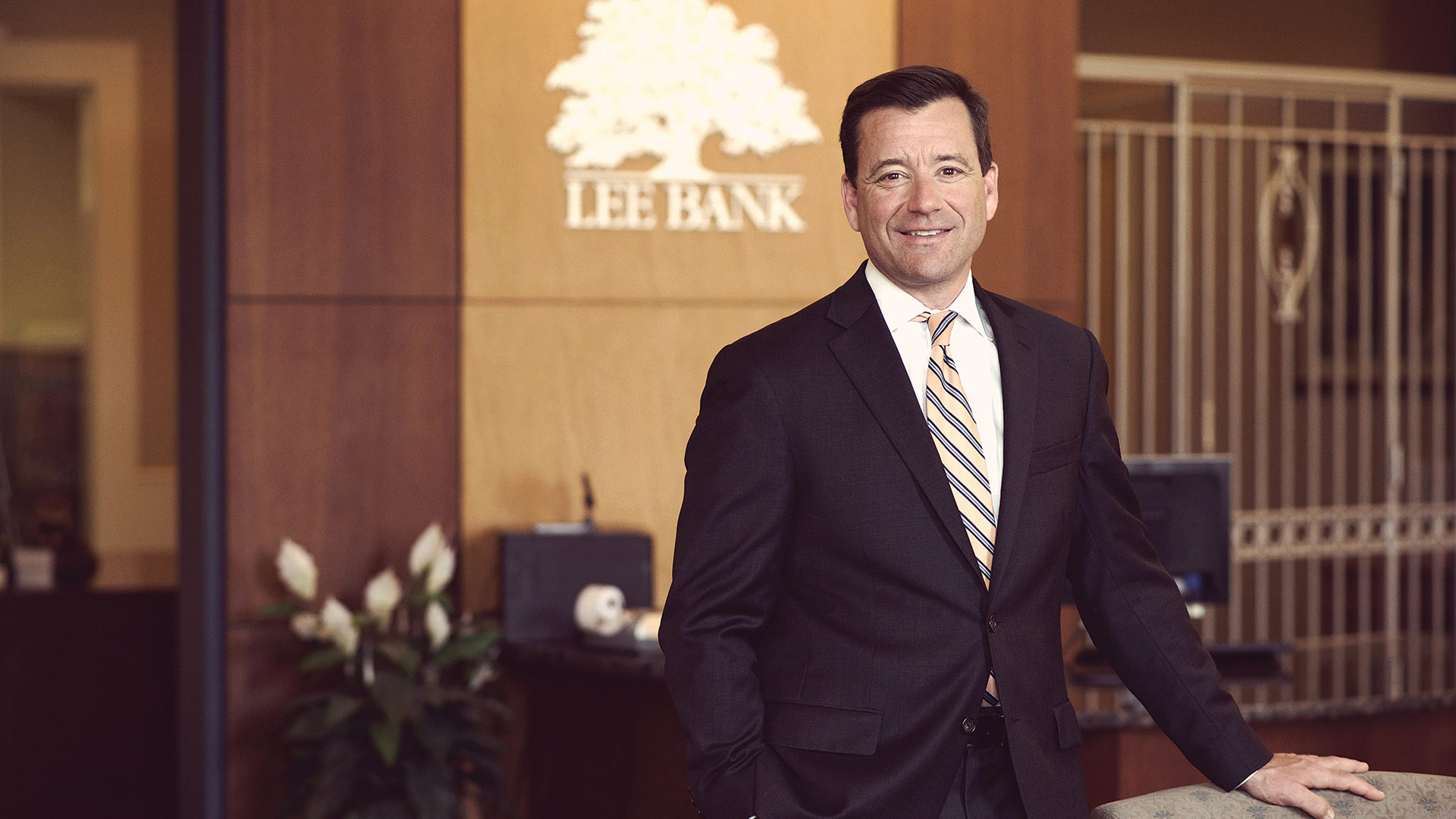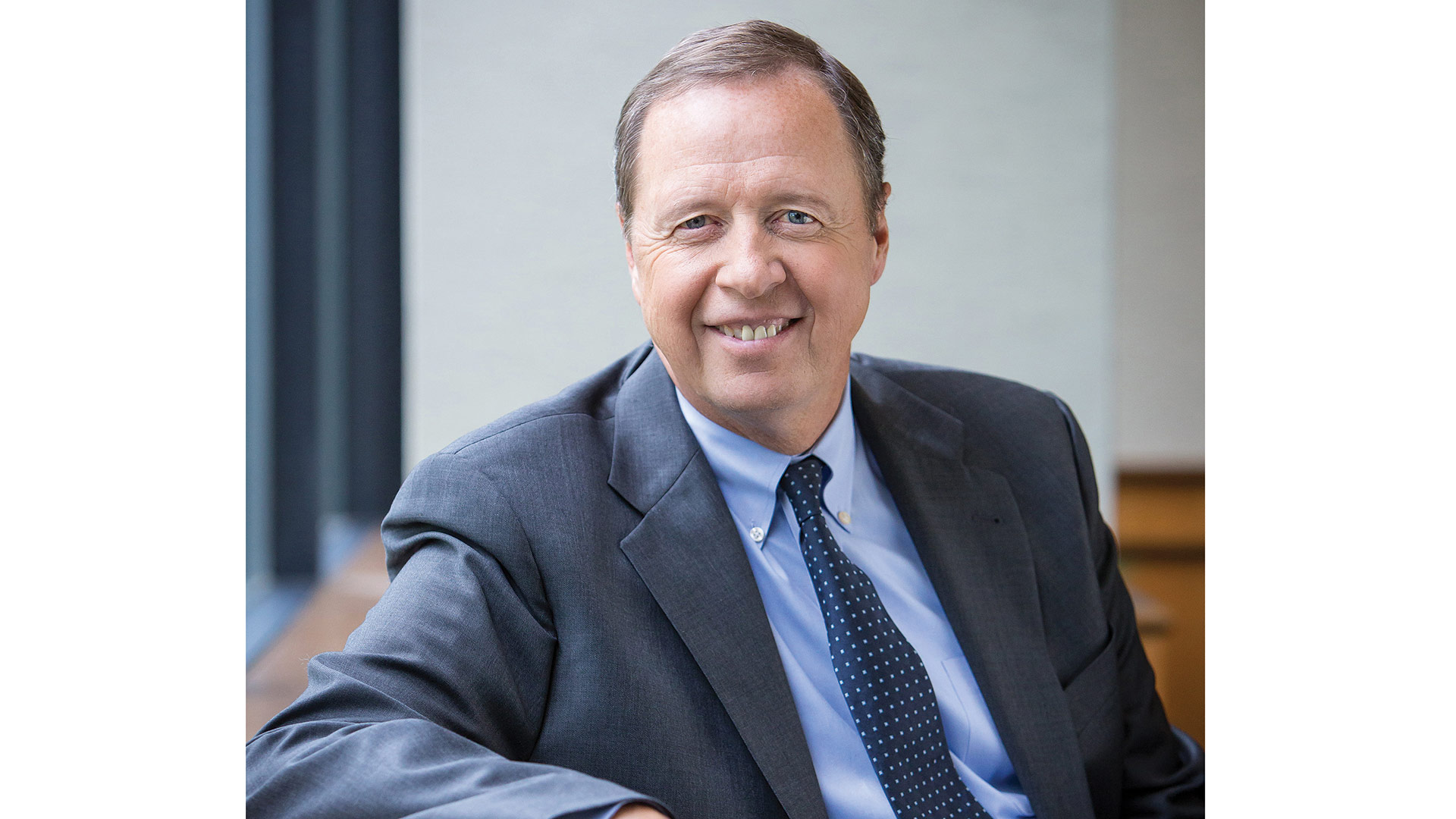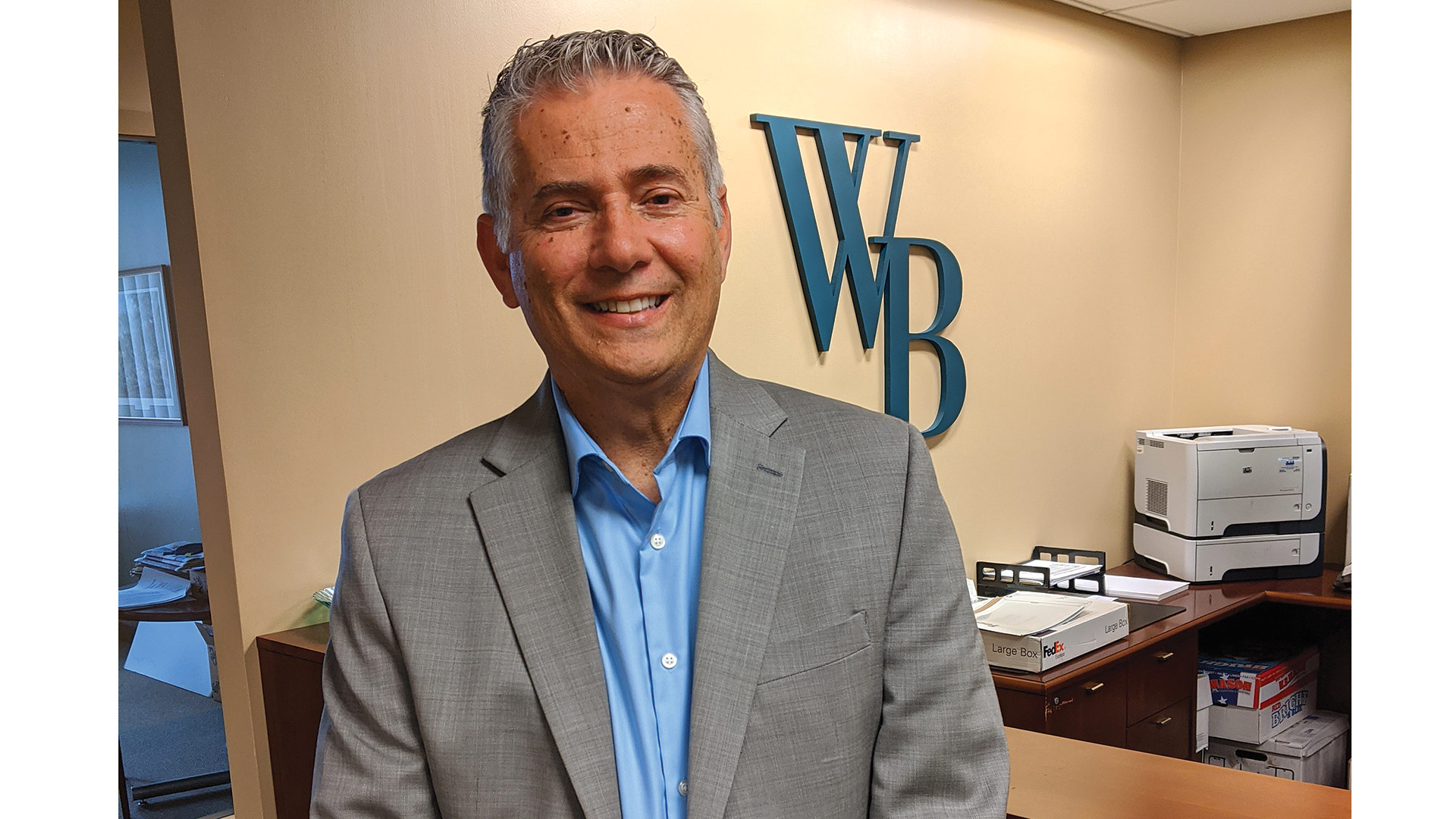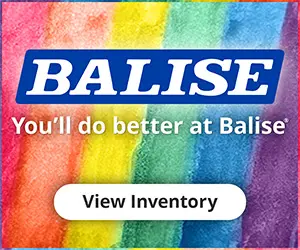Some Moves of Interest
For a bank that’s been around for 136 years, PeoplesBank came across commercial lending fairly recently.
“My predecessor, Doug Bowen, started commercial lending at PeoplesBank probably 35 years ago,” Tom Senecal, the bank’s president and CEO, told BusinessWest. “We didn’t do any commercial loans until then, and we started out with just commercial real estate. And we stayed conservative with real estate, and never went into the C&I side because we didn’t have a lot of expertise. Just by virtue of what our comfort zone was, we focused on the real-estate side.”
That’s all changed, as PeoplesBank has made a strong push into the realm of C&I (commercial and industrial) business lending over the past two years.
“A little over two years ago, we started talking about our strengths and weaknesses and who we are are and what we do as the largest mutual institution in Western Mass.,” Senecal explained. “We have a very successful commercial real-estate portfolio. What we didn’t have was the C&I side. So we started talking about how to get into the C&I business.”
The reason the bank hadn’t done so sooner came down to expertise, which it had in spades on the real-estate side but much less so in C&I, where “you’re financing equipment, you’re financing lines of credit, there’s different types of collateral, it requires more monitoring, more analysis … we didn’t have that experience,” Senecal said. “It’s a very complex and very different lending skillset than commercial real estate.”
That’s why Senecal started talking with Frank Crinella, who has decades of experience in lending in the region, about bringing over a group of individuals from a large regional bank to spearhead a push into C&I lending.
“We have a very successful commercial real-estate portfolio. What we didn’t have was the C&I side. So we started talking about how to get into the C&I business.”
“We talked for several months about his group of people coming over, and we brought over five people that have an enormous amount of experience on the C&I side,” Senecal said. “Real estate is much more transactional, and we wanted to develop relationships in our home market much better than we ever had in the past, and C&I, to us, was the way to do it.”
Crinella is now the bank’s senior vice president and senior lender, and will also take the title of senior credit officer when Mike Oleksak, the institution’s longtime senior lender and senior credit officer, retires at the end of the year.
“C&I typically brings over the relationship more than just the real-estate transaction. And now that we have the group of people that we have, I think it’s going to be tremendously successful, not just for the Western Mass. market, but for our growth strategy going down into Connecticut as well,” Senecal said. “Frank and the group of people who came over have been here just over a year and have been enormously successful in that period of time, starting to build relationships here in Western Mass.”
Crinella saw great potential in what PeoplesBank was trying to do.
“What attracted us to Peoples was really the culture,” he said. “And C&I is all about relationship lending, the team approach. We have a very strong credit culture, but we also have a lot of depth on the cash-management side, and our branch network is very strong and plays well to the companies here in Western Mass. and Northern Connecticut.”
The commercial-lending department is now up to 50 people, Crinella noted. “The team complements each other so well. They brought in a lot of credit analysts that have C&I experience, so we’ve got depth now on the underwriting side.”
He was also drawn to a lending model at Peoples that prioritizes the ability of lenders to make quick decisions (more on that later).
“We talk about speed to market around here — we make all our decisions here on Whitney Avenue, so we can turn around a loan request quickly, and kind of outmuscle the big boys in that way … and, with the depth that we brought, outmuscle the local competition as well.”
Lending Support
Senecal said he knew PeoplesBank could excel at C&I lending based on its culture and ability to forge relationships through its branches.
“C&I is small business,” he explained. “And the interconnectivity between our branch network and our C&I lending is extremely important. It’s very difficult to develop a relationship on the small-business side without a branch network. So, in a lot of my conversations with Frank, we’re focused on our growth strategy and continuing to have the brick-and-mortar strategy, which complements the C&I side.”
Retail banking, Senecal noted, is moving in the direction of digital modes like mobile banking, online bill pay, and ITMs.
“When you talk C&I lending and small-business lending, you can’t do all that digitally online. You need a relationship. Accounts are very different for small businesses than they are on the retail side, between needing cash-management services, wires, positive pay … there are a lot of different functionalities small businesses utilize, more than the typical retail customer. A lot of services need to be communicated, and you can’t do that necessarily digitally. So the branch network has a huge impact.”
Crinella called it “delivering the bank.”
To explain that concept, he noted that, “when a relationship lender goes out to visit a customer, oftentimes they’ll bring the banking-center manager as well as the cash-management professionals, so the customer gets the entire bank when they’re meeting with the relationship lender. That’s really the difference between C&I and commercial real-estate lending. That’s what we’re trying to capture when we talk about relationship lending.”
The relationships customers already had with the lenders who moved to Peoples have generated some business as well, Senecal said.
“When you transition a group of five people from one institution to another, you create some loyalty from those customers who had relationships with them, and you can tell that the relationship means a lot. We’re getting great, positive feedback as a result of that.”
Crinella agreed. “They become valued advisors to the customer,” he said. “They take the time to understand their business and make informed decisions. Again, I think speed to market has been a huge competitive advantage. We get there quick. We can get a term sheet out in 48 hours, and that’s something, competitively, the big boys have a tough time competing with.”
With Oleksak, and soon with Crinella, it was important that both titles — senior lender and senior credit officer — fall under the same individual, Senecal said.
“From a customer’s perspective, when Frank shows up at the table, he has the decision-making authority for quite a few loans. Certainly, when loans get larger, we have a committee, we meet and talk, but Frank has the ability to sit at the table and make decisions immediately with customers based on what he sees.
“That doesn’t occur at most larger institutions,” Senecal went on, “where the lender goes out and gets the loan, develops the conversation, and then goes back with all the information and says, ‘OK, this is the deal. This is the terms of the deal I’d like to do.’ And they sit around with other people — adjudicators, other credit people, who say, ‘yeah, I don’t like that deal. You need to do this, you need to get that.’ And it becomes a group decision.”
That’s not the best or most efficient experience for the customer, he said.
“When you sit in front of a customer and you make the customer believe we’re going to do the deal, then you go back to the office and all of a sudden five different people have their opinions on what it should look like, it’s really hard to go back to the customer and say, ‘yeah, the deal’s changed.’”
That’s why it’s important to empower people, not committees, to make decisions, Senecal explained. “If the loan is a large loan, yes, it goes up to committee discussion. But in my 25-plus years at the bank, maybe two loans didn’t get through loan committee — because the lenders know what they’re doing.”
By All Accounts
When commercial lenders at PeoplesBank were focusing solely on real estate, they excelled at deals for warehouses, multi-family facilities, mixed-use properties, and strip malls. With C&I, they’re talking to manufacturers, healthcare practices, nonprofits, lawyers, accounting firms, and many more entities. And that requires specialized knowledge and, yes, strong relationships.
“You’re not lending on the building, you’re lending on the business,” Senecal said. “In real estate, we lend the money and hope to get paid back. If we don’t, we have the real estate. On the business side, it’s a whole different aspect of trying to understand, ‘how are you going to pay the loan back?’ When you get into all these other industries, it takes a unique skillset to identify whether or not it’s viable and the loan is a good loan or not.”
It’s a skillset the bank plans to further grow as it evolves its lending presence in the region’s C&I landscape.
Joseph Bednar can be reached at [email protected]








